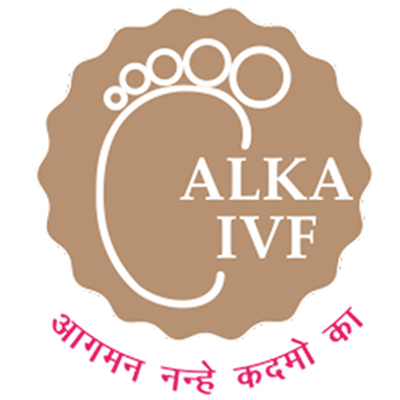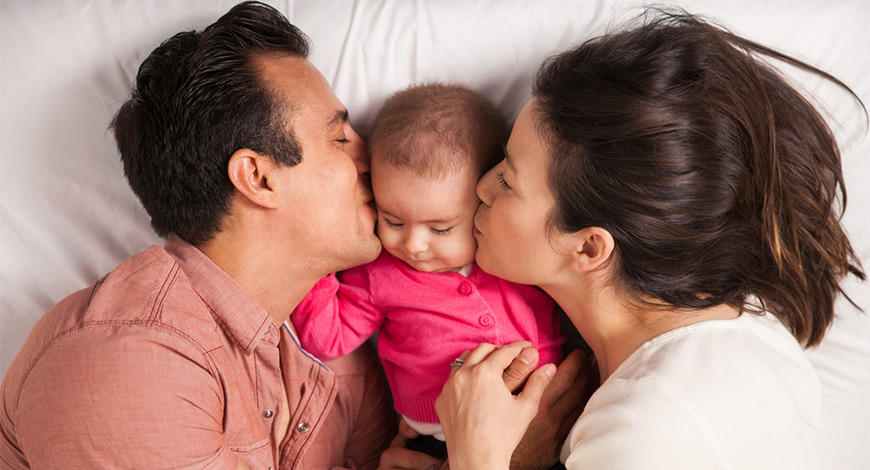- Book An Appointment
- +91 90018 38800
- +91-9001997440
- dralkaivf@gmail.com
Low AMH : Causes, Symptoms and Treatment

Laser Assisted Hatching (LAH)
November 19, 2020
Low Sperm Count – Symptoms and Causes
January 8, 2021Understanding ovarian reserve
When a woman is born, The number of eggs (oocytes) she will have throughout her lifespan Is fixed. This is called ovarian reserve. New eggs will not form unlike men where news sperms are produced daily. At the onset of 1st period (called menarche) these eggs which are sleeping so far become active. At every menstrual cycle few (approximately 10 to 15 eggs) will start growing but only one among these will develop fully, becomes the dominant follicle and ruptures leading to ovulation while rest will die away. Out of these limited number of eggs in a ovary every menstrual cycle few of them get utilised while new eggs are not forming. This leads to depletion of eggs slowly decreasing the reserve of eggs in the ovary.
Average egg count
• At the time of birth — 1 to 2 million oocytes.
• Around the age of 37 years — roughly 25000 oocytes.
• Around the age of menopause — roughly 1000 oocytes.
With increasing age the number as well as the quality of eggs start falling leading to diminished ovarian reserve.
What is AMH? and how it helps diagnosing ovarian reserve.
AMH (Antimullerian hormone )
As the name suggests it’s a hormone which is measured in blood. Unlike other hormonal tests which needs to be done on specific period days this can be done on any day of periods. The beauty of this test is that it doesn’t fluctuates much throughout periods. AMH is produced by the developing follicles which are egg sacs containing the immature eggs. AMH level is the indirect measure of number of eggs in the ovaries of a lady. Lower the AMH lower the number of eggs in the ovary are expected.
Low AMH
AMH decreases with the increasing age of the lady.
AMH levels depend on the number of developing follicles in the ovaries. The most important factor is AGE as ovarian reserve starts getting depleted with growing age. Ovarian reserve begins to show downfall right from mid to late 30s and hence AMH tends to be low in late 30s to early 40s. Although age is the most important determinant but it is not the only factor, many ladies have good ovarian reserve in their 40s while others show low levels in their 20s or 30s. This can be due to many factors, unexplained being most common.
AMH in regard to fertility
As such low AMH is not the cause of infertility, in fact it is an indicator saying that the ovarian reserve is low i.e. the number of eggs remaining in the ovaries are low. In age related low AMH cases the quality of eggs are also affected as eggs accumulate mutations as a female grows in age. This increases the chances of abnormal fertilisation and miscarriage are increased.
Normal AMH values
Blood level Interpretation
3ng/ml. – High(rule out PCO)
1ng/ml. – Normal
0.7 – 0.9 ng/ml. – Low normal
0.3 – 0.9 ng/ml. – Low
<0.3 ng/ml. – Very low
Low AMH Causes
• Hereditary
• endometriosis
• prior ovarian surgery
• chemotherapy
• radiotherapy
• smoking
• pelvic infections
• tubal disease
• mumps
• autoimmune disorders
• genetic abnormalities like fragile X syndrome
However sometimes there is no apparent cause of the condition.
Symptoms of low AMH
Most patients won’t have any symptoms but
• Shorter menstrual cycles are one of the early manifestations of the condition
• Difficulty getting pregnancy
• Heavy menstrual flow
• Miscarriages
• Late or absent menstrual periods
Low AMH Treatment
Diminished ovarian reserve —- don’t worry!
It is still possible to have pregnancy with your own eggs after receiving low sperm count treatment
however early diagnosis is very important as it gives you a better chance of conceiving.
- Natural treatment —– yoga, acupuncture, fertility massage.
- Diet —- Diet low in calories and high in protein with proper balanced nutrition is very much essential. A diet having fresh fruits and vegetables is helpful.
- Exercises —- Adequate exercise of at least 40 minutes per day, relaxation like yoga, pranayama must be followed. Smoking and alcohol must be completely avoided.
- Vitamin supplements —- Vitamin D, coenzyme Q10, folic acid, fish oil supplements have been found useful.
- Medicines like
• DHEA , it is a endogenous steroid hormone precursor and is a mild androgen. Levels of DHEA decrease with age and it’s supplements can increase fertility. Levels of which help in increased recruitment of follicles.
• testosterone gel 1% , is used to increase the number of follicles before stimulation of ovaries in IVF cycles. - IVF —- With the recent advances and advent of IVF along with the expertise and experience of the IVF specialist a lady can give birth to a baby with her own eggs. Your doctor can make optimal use of the remaining eggs thus increasing the chance of pregnancy many folds.
- Donor eggs —- For women with considerable low levels of AMH or who have stopped menstruating at all, donor egg program is the ray of light to fulfill their dreams of motherhood. In this treatment, a lady with diminished ovarian reserve receives an embryo which is created in the IVF lab from healthy eggs of a healthy donor. This embryo is transferred in the recipient who carries the pregnancy, nurture the baby in her womb till delivery and enjoys lactating and rearing the kid thereafter to complete the feeling of motherhood for lifetime.


